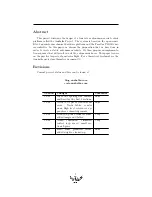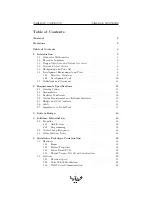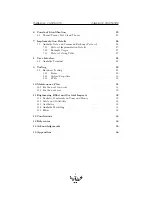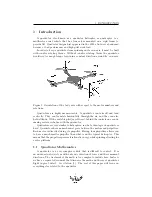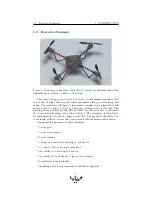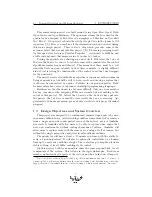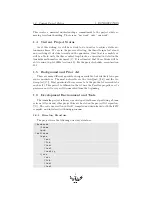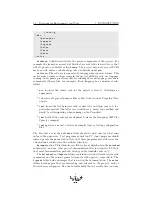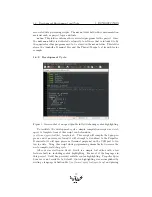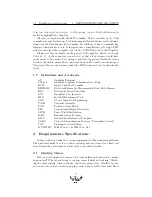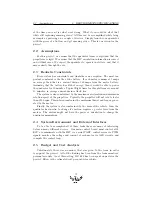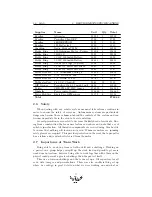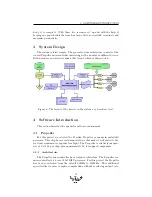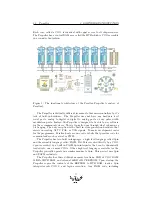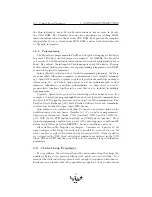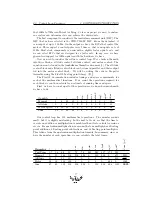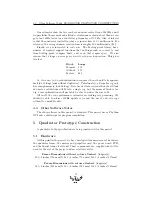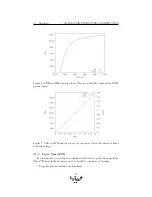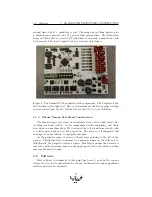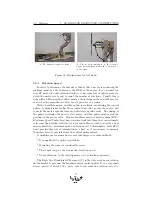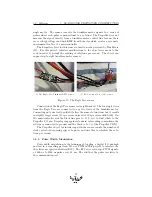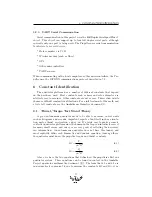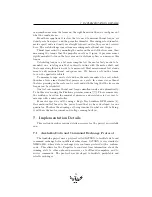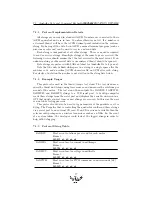
2.2
Assumptions
2
REQUIREMENTS SPECIFICATIONS
of the time you can’t see what went wrong. What if you could do all of that
while still capturing amazing views? All this can be accomplished while being
as simple as powering on a couple of devices. Simply launch your quadrotor
with the press of a button, and get amazing video. This is our vision for the
project.
2.2
Assumptions
For this project, we assume that the quadrotor frame is rigid and that the
propellers are rigid. We assume that the IMU orientation information is correct
and without error. We expect the quadrotor to operate in still air, and that it
moves slowly through the air.
2.3
Realistic Constraints
Every system has constraints and Anzhelka is no exception. The most im-
portant constraint is the life of the battery. If each motor consumes 15 amps
on average then that is a current drain of 60 amps from the motor battery.
Assuming that the battery has 6Ah of energy, then it would be able to power
the quadrotor for 10 minutes. Typical flight times for this platform are around
15 minutes, so average current drain is likely less.
The system is also constrained by the maximum acceleration and maximum
rotation speed of the propellers. Typically the propeller will not rotate faster
than 1200 rpm. This in turn constrains the maximum thrust and torque gener-
ated by the motor.
Finally, the system is also constrained by the mass of the vehicle. Since the
quadrotor has inertia, to change it’s motion requires a greater force from the
motors. The motors might not have the power or orientation to change the
quadrotor momentum.
2.4
System Environment and External Interfaces
To be able to accomplish all of these tasks there are many of interfacing
between many different devices. Our main control board must control all 4
ESC’s, communicate with the IMU via a serial UART, control servos via PWM
signals, monitor the voltage and current of each motor via A2D circuits, and
compute the control loop.
2.5
Budget and Cost Analysis
Unfortunately there was no money that was given to the team in order
to support the project. All of the funding has been from the team members’
personal accounts. As of this writing, $3156.24 has been spent on parts for the
project. Below is the estimated cost per quadrotor vehicle:
12


